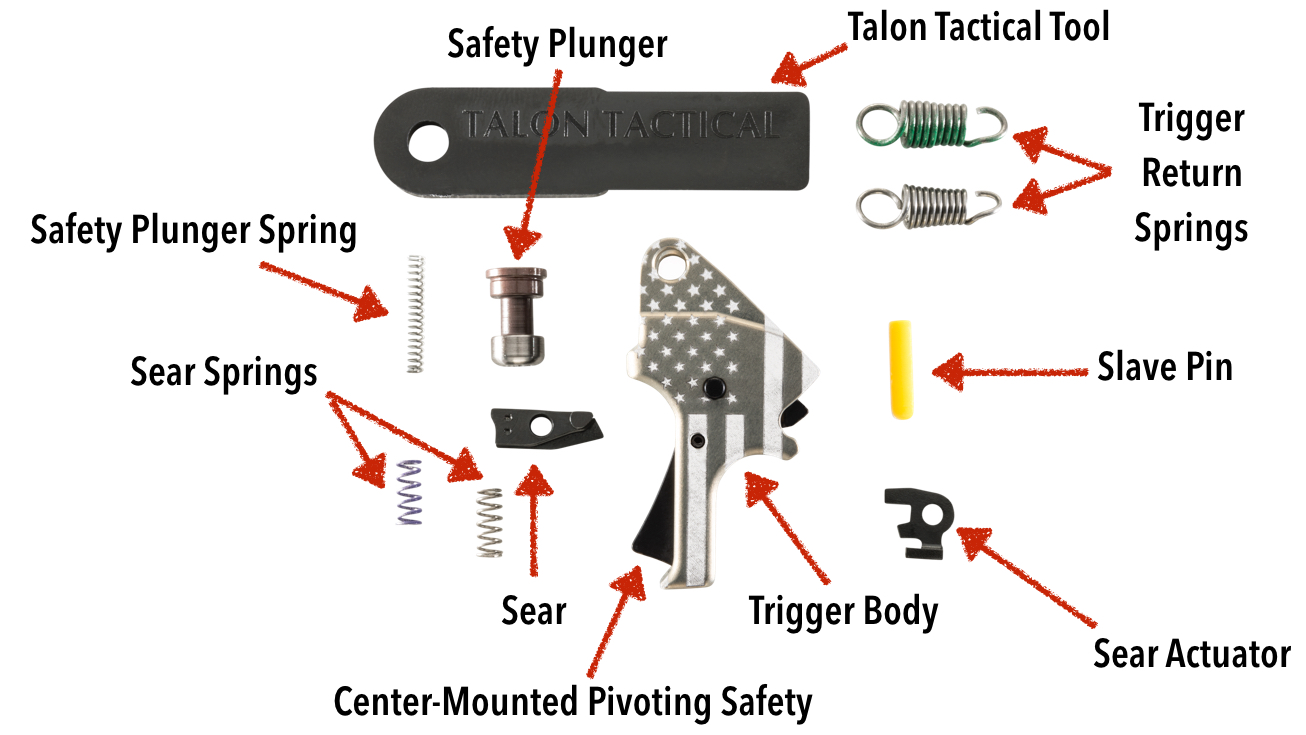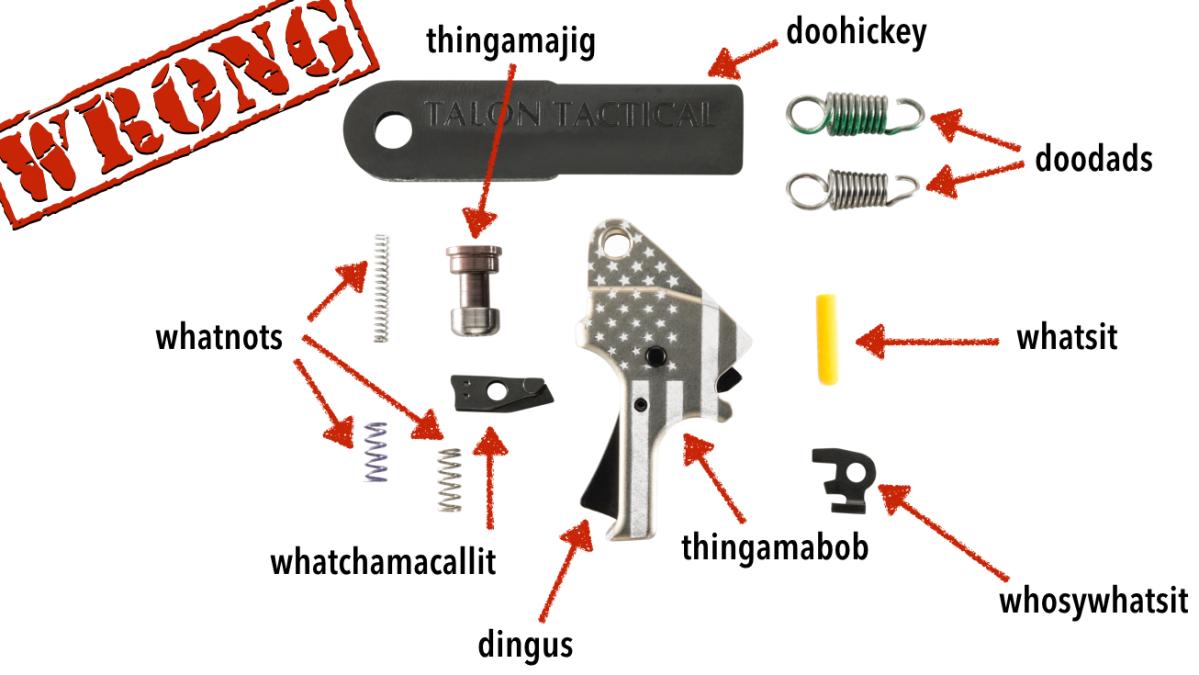Don't Be A 'Dingus'
Know what you don't know. And when it come to guns, if you don't know what the parts on your guns are called, then don't substitute made up words.
And definitely don't do this if you're a YouTube gun reviewer. Because no matter how many subscribers you have, and no matter how authoritative you think you are, when you call the safety on the trigger a 'dingus' you're essentially declaring to your legions of subscribers that you really don't know what you're talking about.
Yet, somehow the word dingus has found its way into the lexicon of a number of would-be and self-proclaimed gun experts. Much to the dismay of those that are legitimate experts in the field of firearms.
The word 'dingus' actually has a very specific definition.

dingus |ˈdiNGgəs| noun (pl. dinguses) N. Amer. & S. African informal used to refer to something whose name the speaker cannot remember, is unsure of, or is humorously or euphemistically omitting: here's a doohickey—and there's the dingus.
Synonyms include: doodad, doohickey, hickey, thingamabob, thingamajig (or thingumajig), thingummy, whatchamacallit, whatnot, whatsit (also whatsis)
Now, why are dingus and its myriad of synonyms not appropriate for describing any of the components of a firearm? Because if you take the time to look through the owner's manual you won't find a single one of these words used. While you're checking, see if they refer to the magazine as a 'clip,' because that's just as wrong as calling the safety a 'dingus.' Just so we're clear, the safety in the trigger body, such as that in the factory Glock trigger, or those used in our triggers for the Glock, M&P, Shield, PPQ and FN 509, is most accurately described as a 'center-mounted pivoting safety.' The safety pivots out of the way when engaged by your trigger finger as you begin to depress the trigger during your trigger pull. The safety in the factory triggers of the M&P, Shield and FN 509 models is most accurately described as a 'hinged trigger safety.' The lower part of the trigger will swing down out of the way when your finger depresses the trigger. In both cases these are trigger designs utilizing an integrated safety. Of course, not all fire control designs use this integrated trigger safety model. Consider the factory trigger, as well as the Apex trigger, for the Sig Sauer P320. Neither variant incorporates an integrated trigger safety. You will also notice this on many .22LR pistols, such as Ruger's popular MkIV models. So, now you know. And knowing is half the battle.

